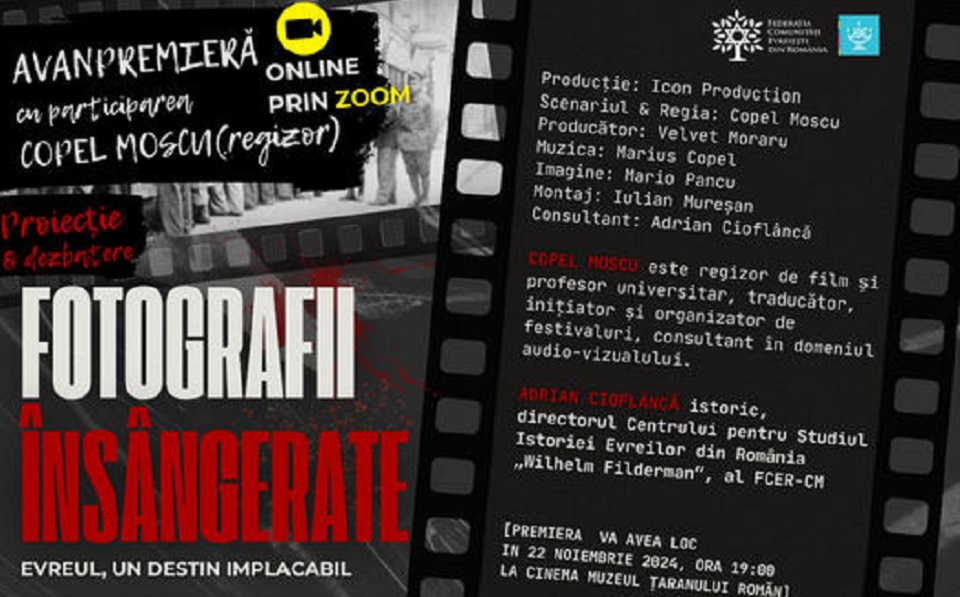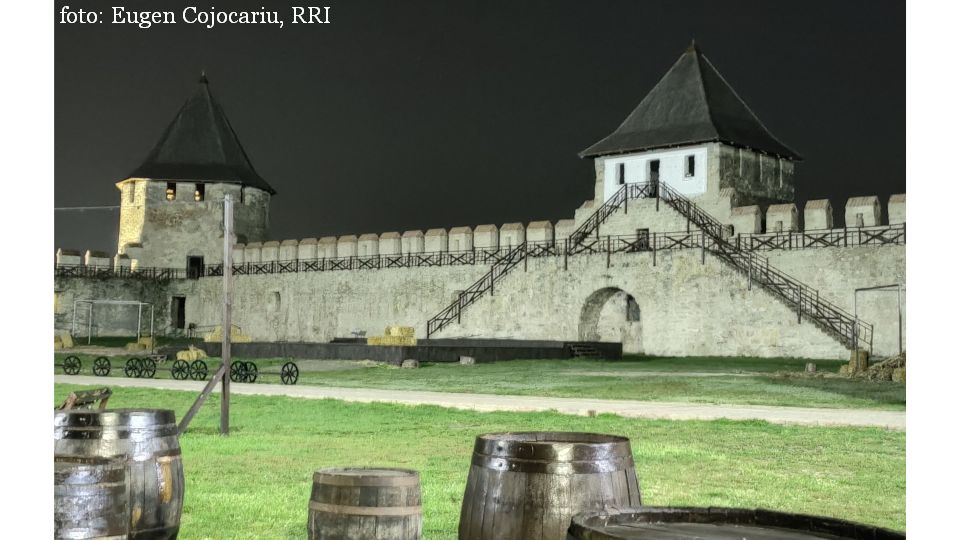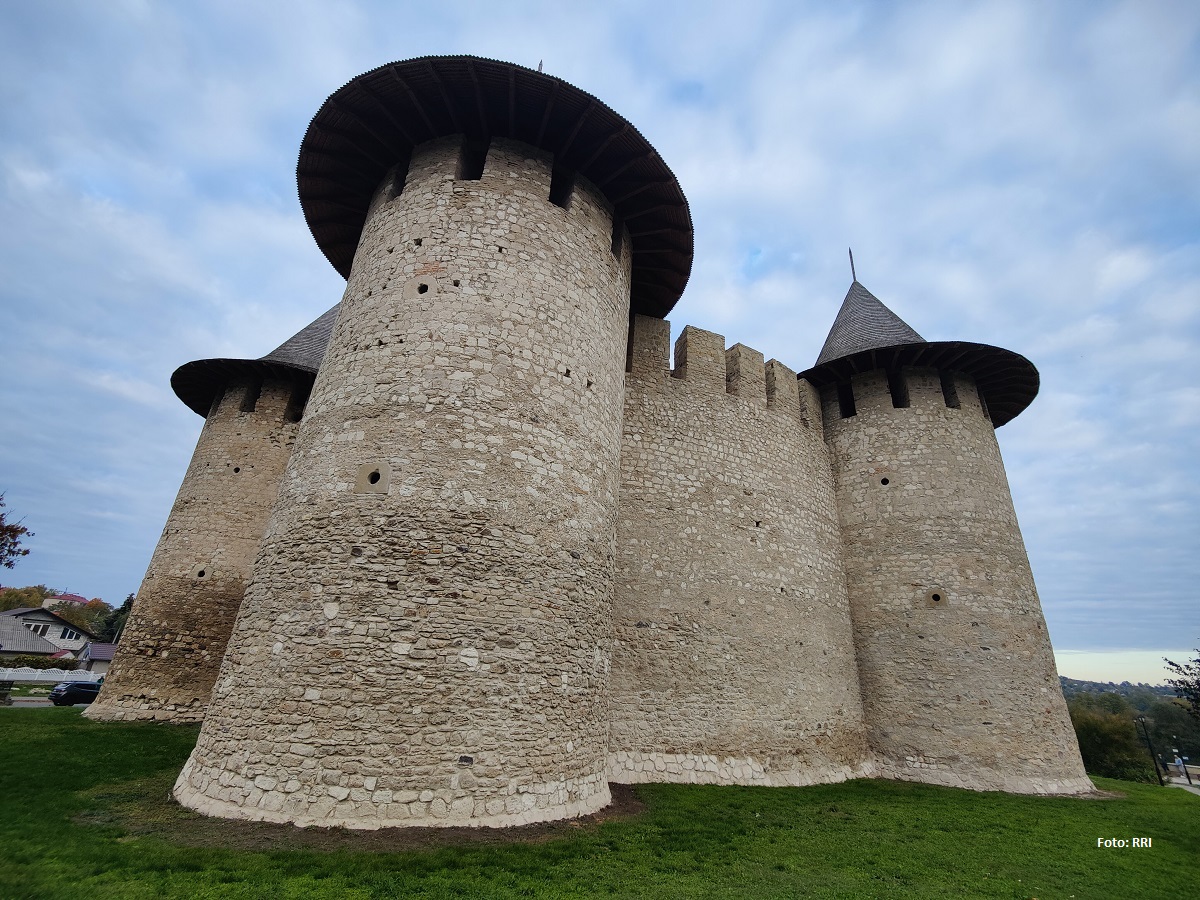Anna Kretzulescu-Lahovary
An inspiration for Romania during the hard years of the war

Christine Leșcu, 30.06.2018, 10:12
Apart from the great personalities and groundbreaking events marking the history of a country, there are quite a few other events unfolding, day-to-day events, with anonymous yet no less important actors. Sometimes, apparently lackluster episodes, experienced by ordinary people, are capable of defining an entire age. Such an unassuming and, until rather recently, anonymous character seems to have been Anna Kretzulescu-Lahovary. Her memoirs, recently brought out by the Humanitas Publishers in Bucharest, and titled, “The Unvanquished Flame of Life” highlight precisely the fact that ordinary people were so very important, actually the people who lived in late 19th and early into the 20th century.
A descendant of the old Kretzulescu boyar family, and subsequently a member, through marriage, of an equally distinguished family, Lahovary, Anna was born in 1885. She travelled extensively, accompanying her husband, the diplomat Alexandru Em. Lahovary, all around the world. Her diaries, which she constantly kept all throughout her long life, speak about the love for writing of a woman, who, nevertheless, did not have any literary talent, but also about the love Anna Kretzulescu had for people. Her evocation focuses on crucial moments, be they political or historical, but also to highly influential personalities, such as King Carol I, Queen Elisabeth, Queen Marie, together with other prominent politicians and boyars of her time. Archive specialist Alina Pavelescu is the translator of the aforementioned memoirs, originally written in French, but also the curator of the maiden edition of Anna Kretzulescu’s memoirs. Speaking about that, here is Alina Pavelescu herself:
“Anna Lahovary lived almost a hundred years, actually a hundred years without a few months. She went through the First as well as the Second World Wars. She experienced dramatic moments beginning with the very first war, when she was in Paris with her husband, who was an attaché to the Romanian delegation there, actually at a time when she tried to bring the French healthcare model to Romania and adapt it to the circumstances of our country. She had been going through difficult times after the First World War as well, when the fortune of her family was seriously affected in the Arges region by the German occupation and there was a time, after 1920, when she became a simple farmer, just like that, so that she could save the fortune of her family. Then the painful end of an entire age of Romanian civilization followed, occurring right after the instatement of communism in the country, and then the entire world fell apart, made of families such as Anna Lahovary’s. But what remained unaltered by all that was her capacity to see the beauty in people as well as her capacity to remain calm in front of ugliness, since ugliness does not make the essence of humankind and the world.”
Although, as a rule, Anna Kretzulescu-Lahovary was a well-bred lady, who respected the etiquette of the world she lived in, at the same time she took the liberty to be a little bit eccentric. For instance, there was a time when she wanted to have her hair dyed red after she gave birth to some of the six children she had, five boys and a girl. In the 1890s, the gesture would have seemed peculiar, as staying natural was the trend back then. Anna gave up on the idea, but the fact that such an idea crossed her mind speaks volumes about her character, according to writer Ioana Parvulescu, who will now be speaking about the period details captured by Anna Kretzukescu-Lahovary in her memoirs.
“In 1889, when the Eiffel Tower was inaugurated, someone who returned from Paris brought her a small-scale replica of the Eiffel Tower, just as it is sold even to this day, as a keepsake. I didn’t know such kitsch-objects were sold right at the inauguration. The fact that she has a journey in a balloon is something interesting. It happened in 1893 and caused a lot of fear. But the journey ended well. Also, she described the cities she had passed through, such as Saint Petersburg, the city where she got married, actually, at the age of 16, or Istanbul, which according to her description, looked as if it made the setting of a picaresque novel. And it goes without saying that she wrote a couple of interesting pages about Bucharest as well”.
After the introduction of communism in Romania, starting 1947, Anna Kretzulescu-Lahovary, together with the members of all old Romanian boyar families had been going through extremely difficult moments: forced nationalization, dispossession, and poverty. Through all that, Anna Kretzulescu-Lahovary had emerged extremely dignified, together with her children and grandchildren. Her dignity and resilience at trying times were the consequence of Anna Kretzulescu Lahovary’s upbringing, which was handed down to her children and descendants. Anna Kretzulescu Lahovary’s great-grandson, architect Serban Sturdza, proudly reminisces his ninety-year old great-grandmother:
“Her dedication to the others, the impetus she gave so that all the time something had to be done in the family, so that family members should not idle the time away, all that had been handed down from one generation to the next and were part of day-to-day life. Not a single moment passed without something being done around the house. People carved or read, a pullover was knit, March amulets were manufactured, all those activities had a purpose and they served something or somebody. At that time, womanhood or whatever being a woman meant was different from the opinion today’s people have on what it took to be a woman back then. Women were resourceful, brimming with humor and action and went at great lengths doing the housework, in order to support the entire family.”
From this viewpoint as well, Anna Kretzulescu-Lahovary was a prominent representative of women in late 19th century. At the same time, Anna Kretzulescu Lahovary also stands out thanks to her personal qualities anyone can discover reading her memoirs.
(Translated by E. Nasta)






























